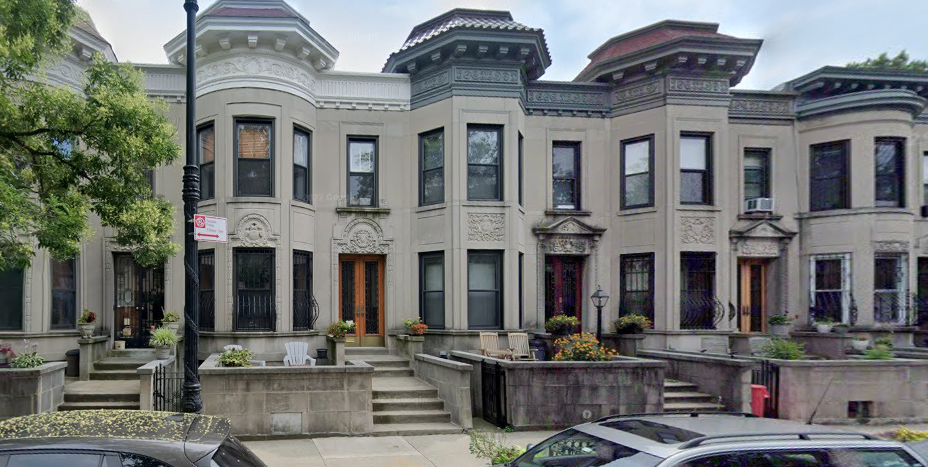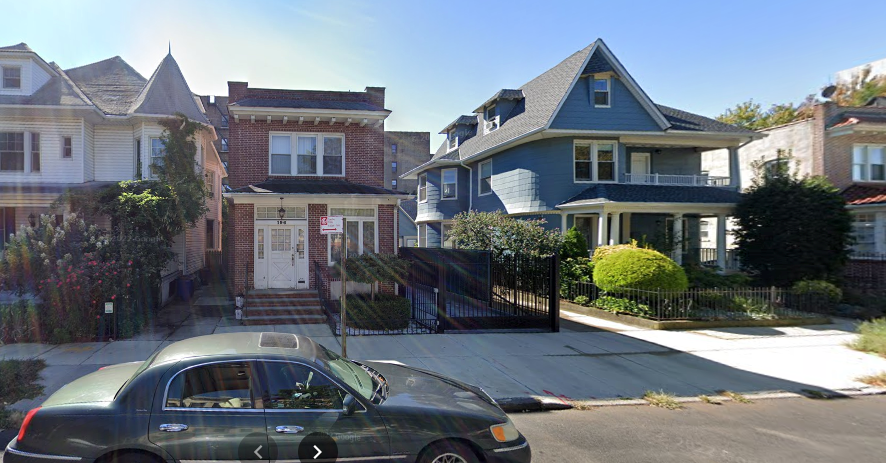Prospect Lefferts Gardens, a smaller neighborhood nestled inside the Flatbush area of Brooklyn, is one of the borough's oldest areas, boasting a rich history. The area is home to lush, leafy streets, a spectacular collection of intact 19th and 20th century homes, and access to the borough’s biggest green space, Prospect Park.
Prospect Lefferts Gardens was founded in 1665, where the Dutch Lefferts family settled after immigrating to the U.S.
In 1893, James Lefferts, a slave owner of the 250-acre property, built the first housing developments that birthed Lefferts Manor.
The neighborhood got its current name in 1968 from the Prospect Lefferts Gardens Neighborhood Association (PLGNA), and is named after the Lefferts family, nearby Prospect Park and the Brooklyn Botanic Gardens.
The neighborhood was designated a New York City Landmark area in 1979 and is under Community Board 9, along with nearby Crown Heights and Wingate.
Currently, the area is largely populated by Carribean-American and African-American residents, according to City Neighborhoods NYC. However, due to recent gentrification, the neighborhood is seeing a rise in different racial and ethnic groups. Today, families, individuals, couples and singles populate the area and add to its vibrancy.
This diversity is also reflected in the neighborhood's homeownership. Residents who have lived in the area long enough own their apartments and free-standing homes in the tree-lined suburb, while some residents rent. The design and architecture of some of the buildings capture the old designs from Lefferts' era.
Like most neighborhoods in Flatbush, the Brooklyn Museum, Brooklyn Botanical Gardens, Prospect Park and the Lefferts House Museum are easily accessible for residents. The area boasts a diverse culinary scene, especially on the commercial corridor of Flatbush Avenue and Nostrand Avenue, with restaurants and eateries offering a wide range of cuisines, reflecting the neighborhood's multicultural identity.
The New York Times reported that the Lefferts Historic House was rebuilt in 1783 after it was burnt down during the American Revolution. It is a must-see for visitors who wish to immerse themselves in the historical events that birthed Flatbush, as well as how enslaved residents endured under the Lefferts family.
According to a 2018 NYC Gov. report, 75% of the residents said the community was tight-knit and their neighbors as always willing to help each another.
This is evident in its grassroots initiatives and community organizations, including the Maple Street Community Garden, Lefferts Community Food Cooperative, Lefferts Manor Association and the Prospect Lefferts Gardens Neighborhood Association.


